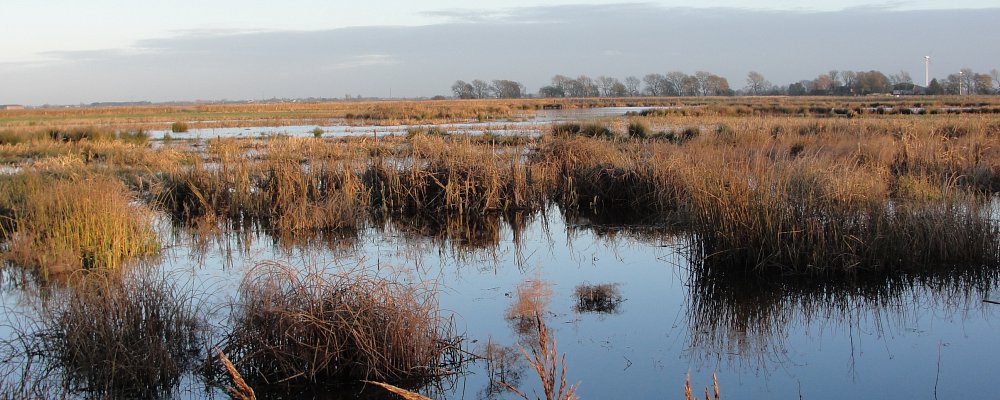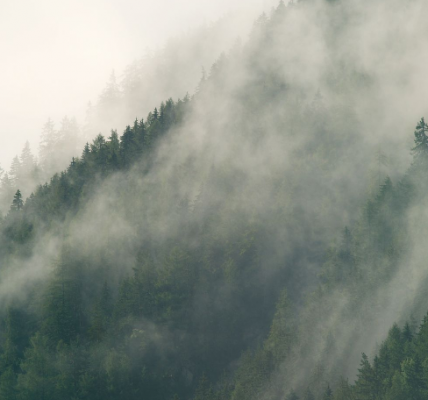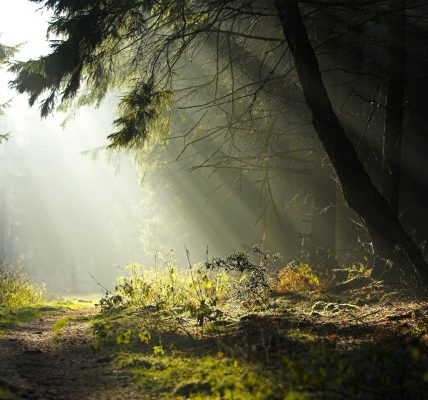Overview
High plateaus, wild and breathtakingly beautiful moors, windswept expanses between towering peaks, harsh winters, hard but kind people, unyielding grey stone, poor crops, settlements smaller and further away but motivated by fierce pride in their land and their traditions. The North Country breeds warriors and has to – it is the most attacked part of Alba.
In real world terms, The North Country covers lands equivalent to Yorkshire and Northumbria, the Lakes and Cumbria and, of course, Scotland. It is easily as big as the other four Albanni lands put together, while having the smallest overall population. A land of rugged and majestic beauty, harsh and sometimes bleak but breathtaking.
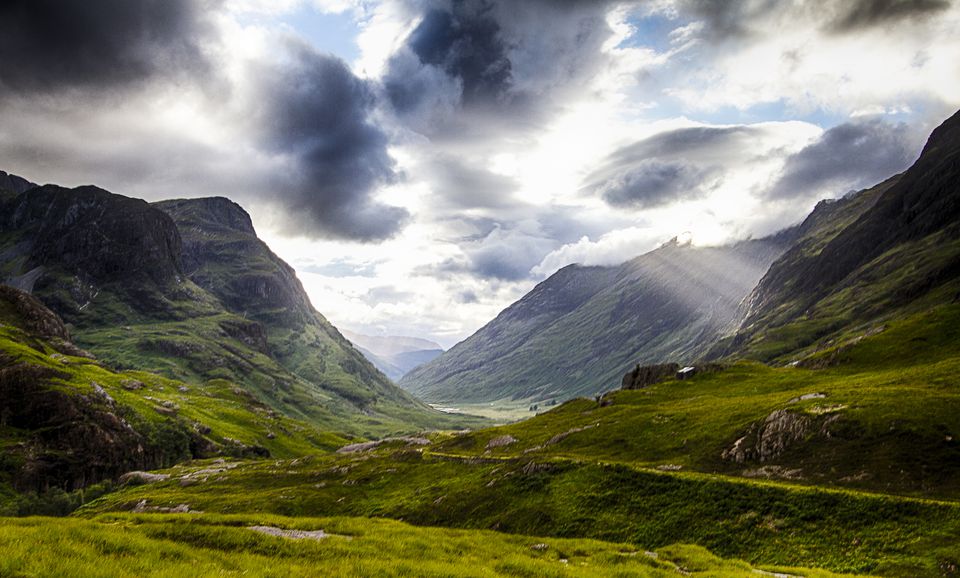
THE LAND
As you pass from the southern lands of Alba, the scenery becomes wilder and more breathtaking. Forests give way to vast, rolling moors and sweeping hills and dales; then in turn to steep mountains surrounding deep, narrow lakes, and a fractured coastline full of lengthy inlets and islands separated from one another by deep and swirling sea channels.
If you dare the mountain passes, the land becomes a savage tundra, with forests of pine and spruce breaking up the frozen wastes. In the sky, the ghostlights dance; and finally in the furthest, uttermost north, the icy seas bring the lands of Alba to their northernmost extremity.
If you stand there, watching the ice floes drift in the channel, you can see the Island of the Keepers, in the distance. It is to that northernmost island the Keepers go to learn their secrets and their magic, and there they keep their stories.
The coasts of northern Alba break up into dozens of islands and archipelagoes, some of which are quite large; most are no more than a day or two’s sail from each other, but the further from the mainland one travels, the worse the weather becomes, until the outer islands are routinely battered by wild seas and hurricane winds every month.
On some of the outermost isles, some of the oldest relics of the Old Ones can still be found – mysterious megalithic structures like the Midwife’s Teeth.
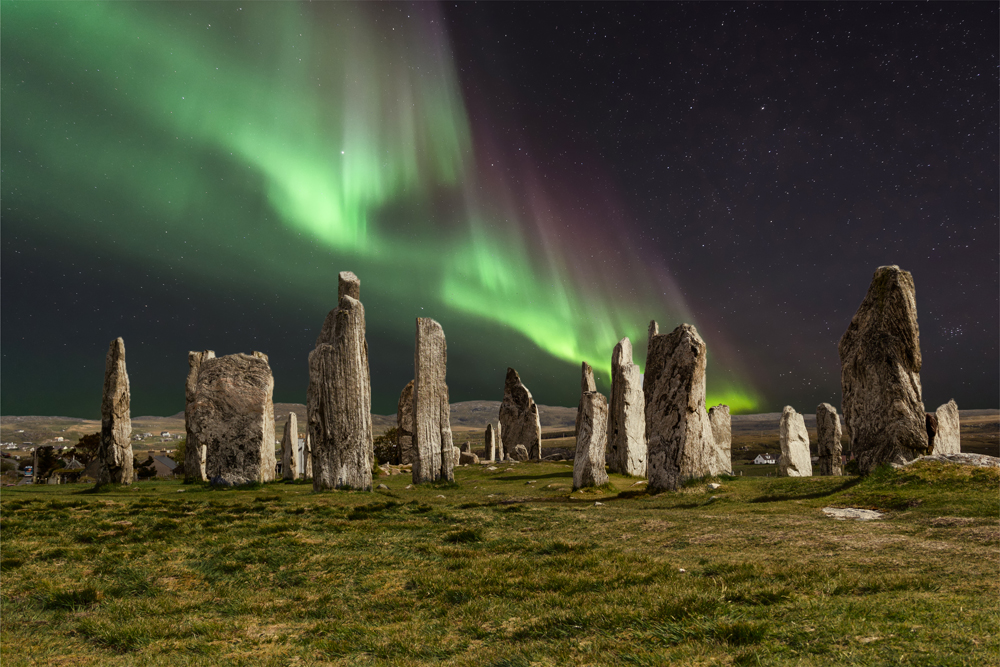
THE LIFE
In the North Country life is harder than the southern lands. The winters are longer and harder, the land less fertile and the native wildlife wilder, larger and generally possessed of more teeth than those the southlands are blessed with. The many inlets and waterways between the steep mountains give the North Country a lot of coastal land too – people are more likely to fish than farm if the option to do so is there, and the rivers and lakes are rich with good fishing and other seafood
Northerners tend to have large extended families and family relationships – villages are fewer and further apart, so it’s rarer to find a village full of different families in a community, and more common to find a single extended family living in a series of smaller farms and homesteads covering a broader geographical area. This decentralised way of living means it’s easier for hostile forces to pick off an isolated homestead, so people tend to travel between their family’s farms regularly, and often there will be a shared, defensible position somewhere in a family’s lands to which they retreat in times of strife.
Northerners tend to be weather-wise and ready to move at short notice – they tend to like to know their area, and be prepared to move around it in case of crisis. There is a prgamiatic readiness to abandon what cannot be carried when disaster strikes.
THE HUNT AND THE WAR
In the Northlands, hunting is rich and plentiful. This is the land of Elk, of Bear, of Boar; and their children run free and wild. The rivers and lakes are full of fish and other seafood – while the Farmer may have neglected the people of the North, the Hunter certainly does not.
Where the southern lands tend to be more troubled by The Old Ones Who Came Before, their grip in the north is lesser though still a recognised danger. In the deepest lakes and darkest glens they still lurk, but fewer than in the Old Country. The harshness of life in the North afflicts them as much as the Albanni, and oftentimes, the winter is a harsher enemy than ever either could be to the other.

The further north one goes, the more one finds the Great Spirits – favoured children of the Spirit Animals, and not just those who speak with the Albanni. Stories speak of the Black Dogs, who howl to mark deaths; of the great one-tusked walrus spirit that hunts down those who’d dare hunt his children; and in the great tundra in Alba’s northernmost expanse nigthtime tales are told of White Bear, who feasts on the meat of those who they catch.
The most common cause of war in the North, though, is outsiders. Fomori, Trollfolk, Cold Ones, The Sealwalkers, Doggeri – they all arrive in their season, in their boats, and ravage up and down the coasts. The people of the North evade, defend, sometimes stand, but present an ever-moving, elusive target to their foes.
VIEWS ON OTHERS
The people of the North have so little in their favour that what they do have, they cling to; and that is pride. They are the hardiest, the fiercest; the cleverest, they have endured the harshest winters and the worst raids.
For some, this gives them a sense of duty to protect the Albanni – to look after those who have had (to their eyes) softer lives, in softer lands, from the harsh realities of life which the North teaches. To others, it gives them a sense of superiority which can breed arrogance or rudeness.
The North does not give its people much time to learn courtesy or the niceties of life. They tend to see such things as a waste of time; being blunt, and respecting bluntness in return.
To the people of the North, their lives have made them the best, and they fervently believe other Albanni wish they were so blessed as to themselves be from the North.


